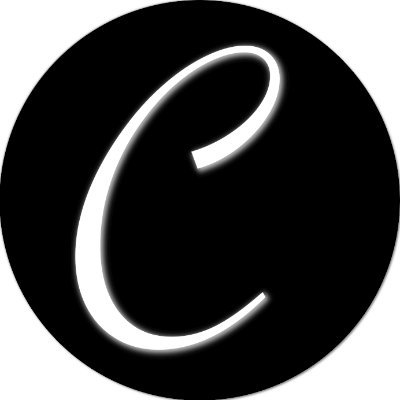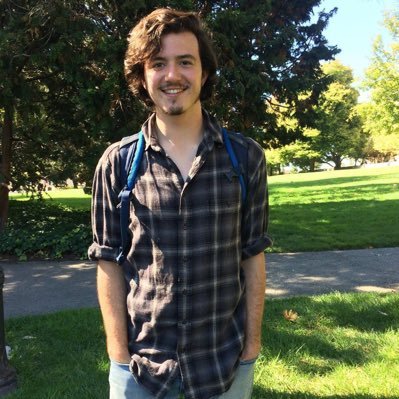This paper introduces a new objective function for self-supervised learning (SSL) that leverages the geometric properties of manifolds to which input classes are mapped. The focus is on maximizing manifold capacity, which essentially measures the number of object categories that can be linearly separated. This approach aims to enhance the efficiency and effectiveness of SSL in creating representations that are more aligned with the way biological systems process visual information. The paper presents a novel model for visual representation that is competitive with current SSL frameworks and potentially more closely mimics the functioning of the primate visual system. @tedyerxa
This paper introduces a new objective function for self-supervised learning (SSL) that leverages the geometric properties of manifolds to which input classes are mapped. The focus is on maximizing manifold capacity, which essentially measures the number of object categories that can be linearly separated. This approach aims to enhance the efficiency and effectiveness of SSL in creating representations that are more aligned with the way biological systems process visual information. The paper presents a novel model for visual representation that is competitive with current SSL frameworks and potentially more closely mimics the functioning of the primate visual system. @tedyerxa


